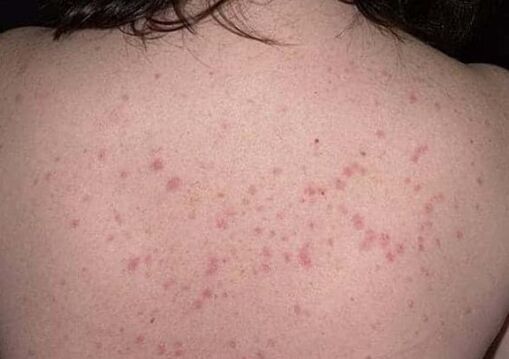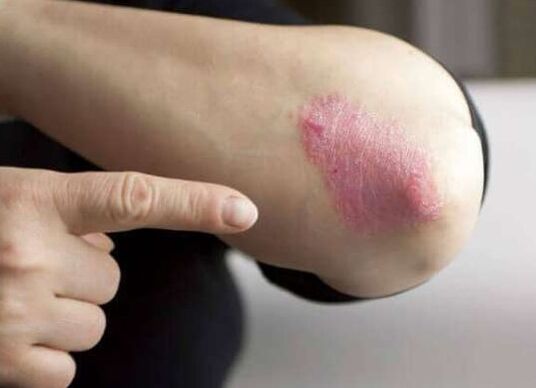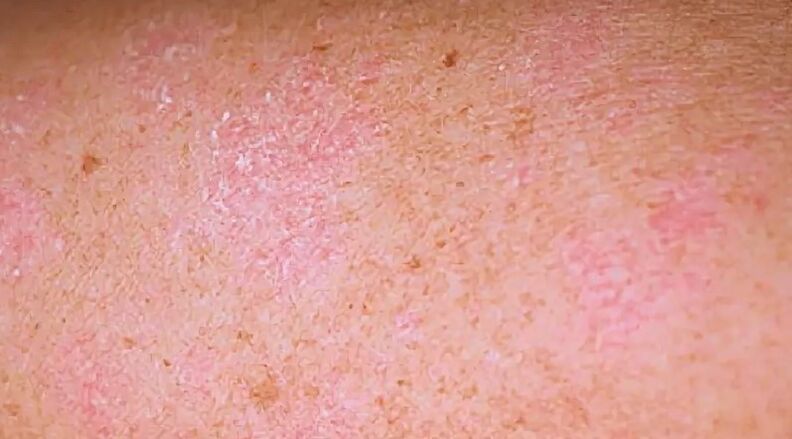Psoriasis, the disease that arises, guides its owner in shock because it has been seen as leprosy since ancient times.Immediately it manifests itself in the form of almost invisible red plaques, but as the disease develops, gradually developed spots are large, then new lesions occur in other areas of the skin, ugly in the human body, and sometimes brings it crazy.Psoriasis, like other diseases, has its own stage, and the sooner measures are taken to combat the disease, the greater the possibility of protecting the body from complete damage.

What are the numbers talking about?
Out of all skin diseases, it occupies almost a quarter of psoriasis.According to statistics, people from all over the world have approx.3% of this pathology, the inhabitants of the northern countries are more likely to suffer and with a moderate climate belt, but the tropical population, on the contrary, is much less of the pathology.It is impossible to say the age of psoriasis, it develops at any time of life.According to the diagnoses, the disease is more likely to affect young people at the age of 16-20, the time when significant hormonal changes can influence body errors.The second growth of the disease is observed in people aged 40-60 years old.
US scientists have found that patients have approx.65% have a mild form of the disease in which skin damage does not exceed three percent and does not affect the quality of the patient's life accordingly.In 25% of patients, the number is about ten percent, and only 8% of people change the tenth in the body and can reach the amount.Another established fact suggests that more than half of patients have problems with carbohydrates.
The stages of psoriasis
Pathology has a chronic form and some factors cause aggravations.Unfortunately, complete cure for the disease is extremely rare, but remission (hidden stage) is quite possible, which does not cause discomfort to the patient.
The initial stage
At this stage, the disease is just beginning to manifest, rashes are formed on the skin, usually no more than a tap head that increases with progression.More often, the first papules appear on the bends of the arms and legs, as well as the scars formed earlier.It is typical of the first plaques, which appeared in the specified locations to have long progress towards their growth, called such papules as patrols, arranged in parallel.The papules are pink, a few days after their appearance, they are covered with a gray event, which indicates the beginning and a new involvement of the epithelium.If the skin does not affect the skin, this process lasts about three weeks, but lasts up to 5-6 days for people with psoriasis, as the epithelium does not have time to renew and manifests itself in scaly plaques.
Treatment of the initial stage

The main methods of treatment at this stage of the disease are local drug treatment.They contribute to the removal of uncomfortable feelings, which are primarily in itching and accelerate the healing process by reducing the inflammatory process.Ceratolytic drugs for external use are primarily prescribed and contribute to the dissolution of the epithelium affected.Remove vitamins A and D3 and use hormonal ointments.
Progressive section
The next step in the development of pathology is the progressive phase.The papula is increasingly united in larger plaques, can be of different shapes and sizes.The surface is more complex with gray scales, their main localization and periphery in the middle of the plaque is not fluffy, shiny, pink.The main symptom of progress is the kebner phenomenon, which is essential in isomorphic reactions when the skin is subjected to any irritating or injury, such as a scratch in this place, after about a week new papules are formed.This period is approximate as the cases of their appearance have been diagnosed and after three days, sometimes after twenty days.The duration of the progressive stage of psoriasis is so individual that it is quite difficult to draw even the approximate period.Its average interval lasts from two weeks to several months.The name of the stage speaks for itself, it is characterized by the increase in itching and the significant progress of the number of new plaques, and is the peak of aggravation.Treatment should be only complicated and as coordinated as possible during this period, present:
- drugs;
- physiotherapy acts;
- Strictly adheres to the diet.
Depending on the complexity of the process and the area of skin damage, we prescribe a number of drugs and procedures, a general list of necessary therapies, but it is important to understand that in different situations, the dermatologist decides a particular method.
Drug:
- antihistamines;
- Pyrogen;
- soothing;
- anti -inflammatory drugs;
- diuretics;
- keratolytic ointment;
- immunomodulators;
- corticosteroids;
- cytostatics.

The last two groups of drugs are prescribed only with particularly complex processes.
Physiotherapy procedures are as follows:
- Puva therapy;
- ultraviolet irradiation;
- Paraffin applications.
Effective methods, especially in erythroderma and exudative psoriasis, are considered to be hemosorption and plasmaferesis.In addition, it has a beneficial effect on both the physiological condition and psycho-emotional background of sanatorium resort treatment, especially for sulfide and radon sources.
Stationary section
This period of the disease may have an indefinite duration, replaces the progressive stage, but may return to it after a while, or before the remission, before the regression of the stage.This stage is characterized by eliminating growth and the formation of new plaques, their surface is completely covered with a single layer to the periphery without leaving a pink rim along the edge of the papula.In the form of itching or pain, discomfort disappears.As a general rule, the treatment complex continues with a slight adjustment from the progressive stage.
Important!Do not meditate by itself, how fast you will turn to a specialist for professional, competent help, the success of treatment may depend.
Regressive section
The exacerbation process is completed by the regression phase, which is characterized by gradual resorption of plaques.Their color is made of bright pink and sometimes red, light pink, gradually compared to the full color or completely discoloration of the skin.The peeling passes through and after a few months, the comprehensive intensive treatment results in a remission.The papules disappear completely, with the exception of localization, except for their favorite places, where the elbows and knee are so called so -called customs rashes.The period of remission is also individual, and in the hidden form of psoriasis, it can be from several months to decades.More frequently, patients are confronted in winter, except for many forms of psoriasis.

This separation is considered quite conditional at the stage, and when the dermatologist's first visit, the doctor is not always able to determine the phase of the patient disease, and requires some observation.But again, when the disease has been in the patient for years, he begins to navigate approximately the pathology stage.
Unfortunately, world statistics indicate increasing prevalence of psoriasis.This phenomenon is explained by changes in ecology, not better, with the fast rhythm of life and related stressful conditions.Despite the prevalence of pathology and the impossibility of complete cure, with properly arranged priorities and systematic preventive activities, psoriasis can be in a long -term hidden stage without preventing one from living a full life.Be healthy!























